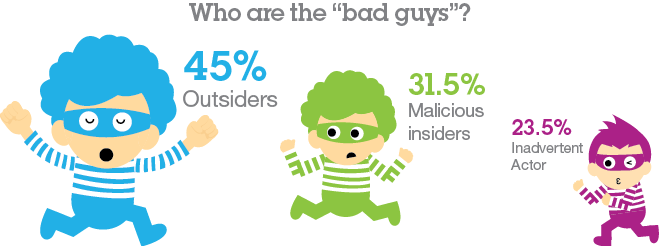Spot the difference: External API vs Internal API
So in response to my previous blog post (https://medium.com/@cminion/no-really-what-is-the-difference-between-a-web-service-and-an-api-and-why-do-i-need-to-care-a6f5c4ead61f) I have had a few people bring up that Services are being rebranded Internal APIs.
I dislike the term External API or Internal APIs. So lets start with some definitions
Definitions
External API — An API that is exposed outside for the business
Internal API — An API that is exposed inside the business
I am going to break this article down into two sections Non Functional and Functional differences.
Non Functional Requirements
Every API has its own set of Non Functional Requirements (NFR) depending on the need. The non functional requirements I will cover here are, performance (Including Scalability and throttling), Availability, Security and Maintainability.
Performance is about ensuring that the API can meet the desired number of results without an outage. Scalability and Throttling are used to expand and control the demand. An External API is often built with no clear understanding of what the external demand, even if the demand is guessed things can go viral. When building an Internal API you can predict the initial usage and so plan accordingly. However you cannot easily predict how many systems are going to be using it 6+ months time. Therefore both Internal and External APIs must be designed to withstand a non determined amount of requests or risk outages. This same philosophy is true for availability.
One question to consider, how many projects have you worked on where the volumetrics were provided and turned out to be correct?
Security all APIs MUST be secured. This is a personal mantra, whether this is OAuth, OIDC, Basic Auth or just a client ID in addition to a non compromised version of TLS (SSL). A Client ID is essential to track usage of APIs. If API usage is not tracked the business is unable to measure success or any PKI for each individual APIs. TLS is mandatory to ensure that transmissions are not captured or recorded. If your inner network is compromised then it is easy to sniff out passwords without encryption on the wire. The NSA was accused of doing this to google in 2013 (https://www.zdnet.com/article/google-the-nsa-and-the-need-for-locking-down-datacenter-traffic/ ). The fallacy that SSL impacts performance needs to be stopped given todays computing power. (https://www.imperialviolet.org/2010/06/25/overclocking-ssl.html). All APIs that need to have a limited access role must be secured. In 2015 security intelligence wrote an article saying that 55% of breaches were occurred by Malicious Insiders or Inadvertent Actors. This number is expected to increase. If you would not trust the API on the Internet we should assume there are Malicious people inside the network to reduce the risk. (https://securityintelligence.com/the-threat-is-coming-from-inside-the-network/)

Image taken from https://securityintelligence.com/the-threat-is-coming-from-inside-the-network/
Every API needs to be maintained both inside and outside of the business. I hope this is common sense.
Functional
The functional requirements for an API should be based on the need of the API not the channel. APIs should be designed to be channel agnostic. So they can be quickly reused in different parts of the business when and where they are required. If we design APIs to be channel agnostic there is no cost to adapt them when they are needed for additional channels.
Conclusion
The only difference between the External and Internal APIs is the channel. However the channel should not be the deciding the factor for any key design points as these often change with the success or failure of ideas.
I am not the only person to say this, Jeff Bezos brought this up in his mandate in 2012. http://apievangelist.com/2012/01/12/the-secret-to-amazons-success-internal-apis/
By Chris Phillips on August 7, 2018.
Exported from Medium on April 6, 2019.


